Bramble Winter Spring 2025 print issue will be available soon.
Editor’s Note
Diving into these poets’ work, I was struck by the diversity of themes, the authenticity of the voices, the richness of imagery, and excellence of craft. The poets gathered here share, to my mind, a sense of urgency—these are poems that needed to be written. They pulse with an electricity and a freshness that runs through the best writing. Their subjects range from the change of the season to life changes, transcendent moments in nature, revelatory stories and histories, and myths which demand to be challenged. I feel humbled and honored to share them with you.
Many thanks to Christina Kubasta for her editing expertise and guidance, Tori Grant Welhouse for her layout and design, and Christine Alfery, an artist living in the Northwoods whose paintings, including “Boreal Forest” featured on our cover, continue to amaze.
Esteban Colon
March 2025
Esteban Colon
Esteban Colon is an experiential educator and a Kenosha Poet Laureate Emeritus (2018-2019). A co-founder of The Waiting 4 the Bus Poetry Collective, he has co-hosted, organized and performed in a variety of poetry open mics and showcases along with workshops and even stranger poetry events. His work has found print in a variety of anthologies (including but not limited to: Revise the Psalm, works inspired by the writing of Gwendolyn Brooks; Prairie Gold, An Anthology of the American Heartland; and Nuclear Impact, Broken Atoms in our Hands ) and journals (including but not limited to Rhino, After Hours, and Kweli).
Figure
Woodcut
Alfred Stark
Artist Bio
Alfred Stark
Alfred Stark has a BFA in Drawing from Northern Illinois University in Dekalb, and teaches Moku-Hanga at Shake Rag Alley in Mineral Point, The Clearing Folk School in Ellison Bay, and The Hyde Park Art Center in Chicago. Find him at Alfred Stark | artist, birder, creating works on paper | Patreon.
Artist Statement
Cut from a solid board of poplar, this portrait block was used to create dozens of watercolor woodblock prints, all using the Japanese, Moku-hanga technique. It is a quiet, loving, depiction of ordinary life. Meaning “wood print,” this simple, centuries-old technique employs water-based ink, basic carving and rubbing tools, beautiful Japanese paper, and fine-grained wood.



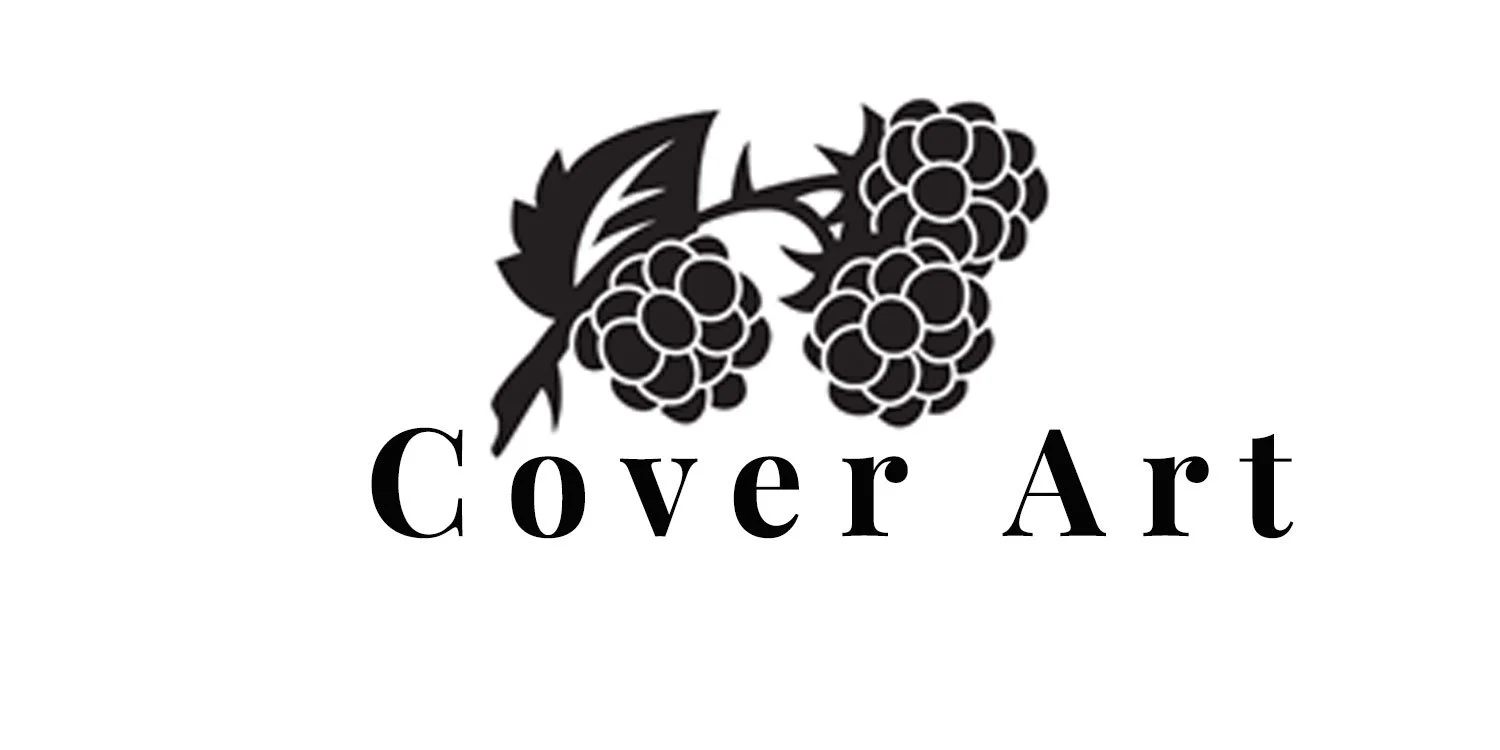


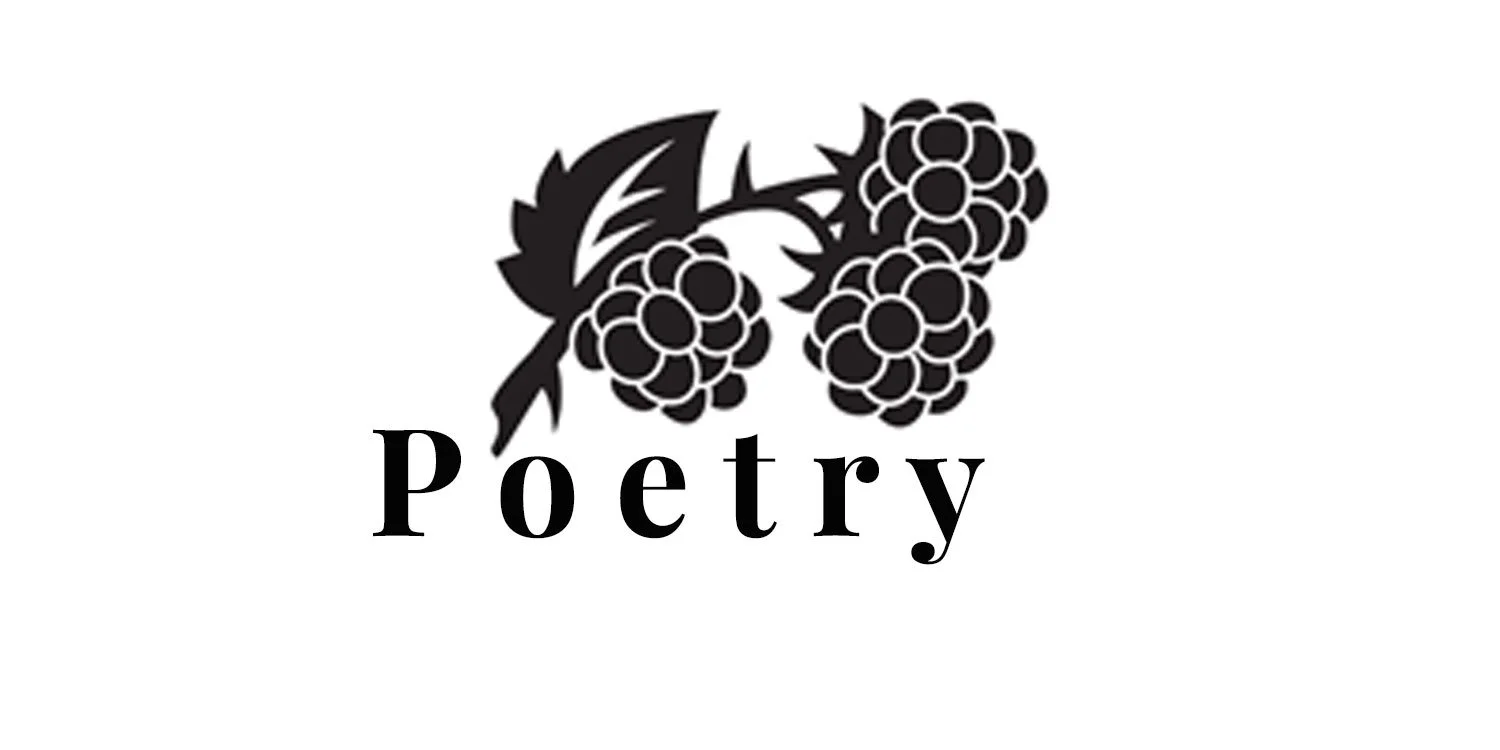





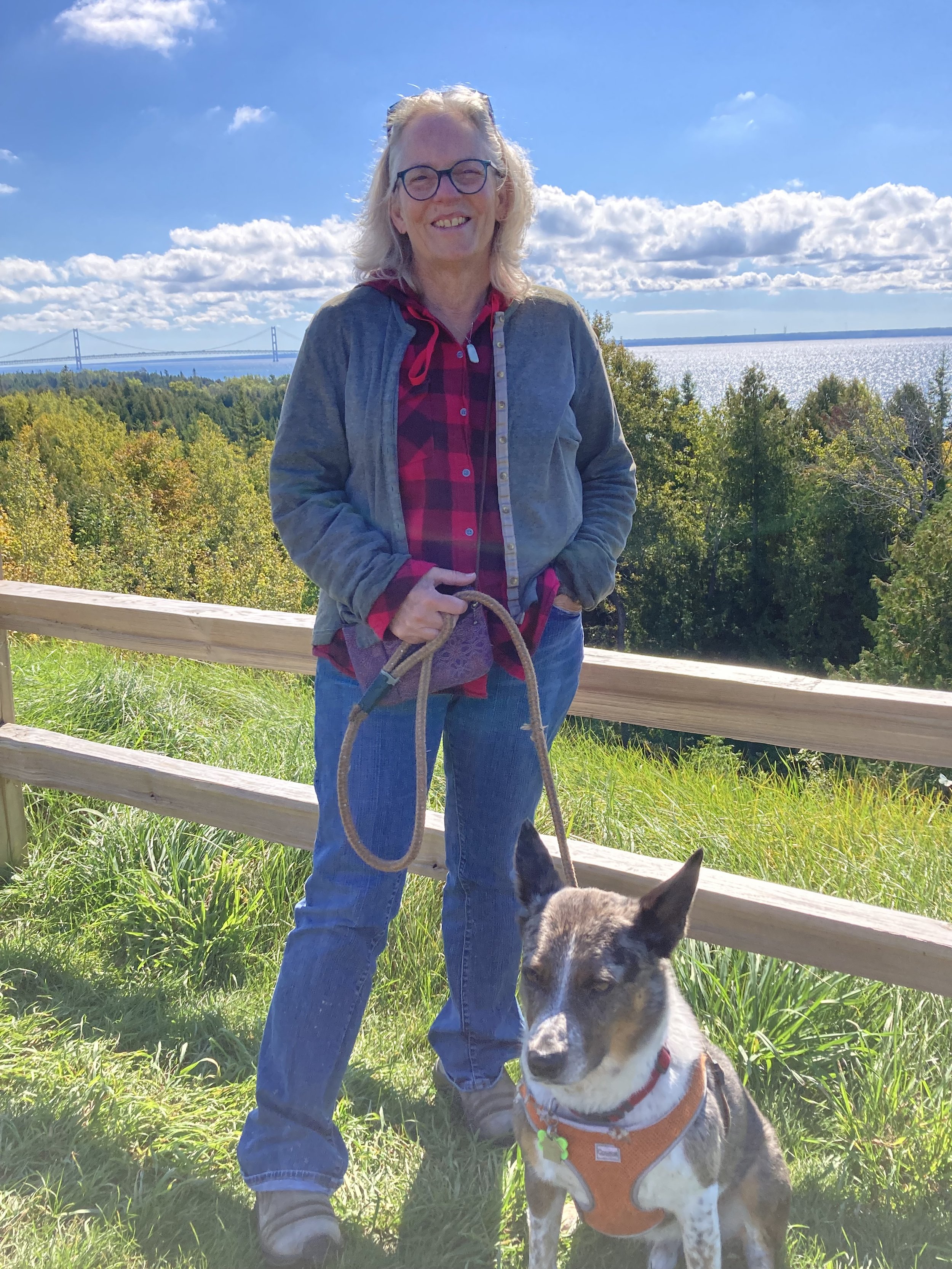



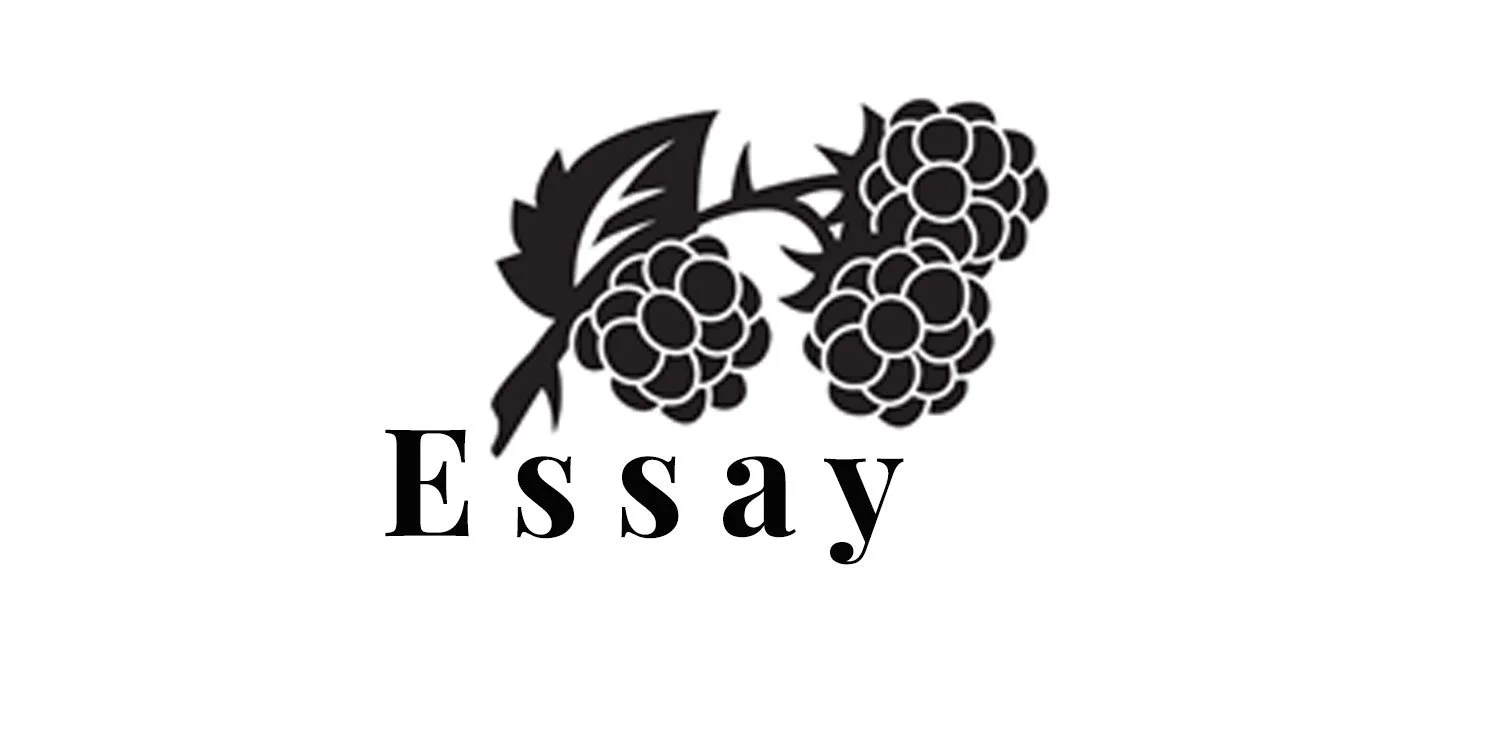

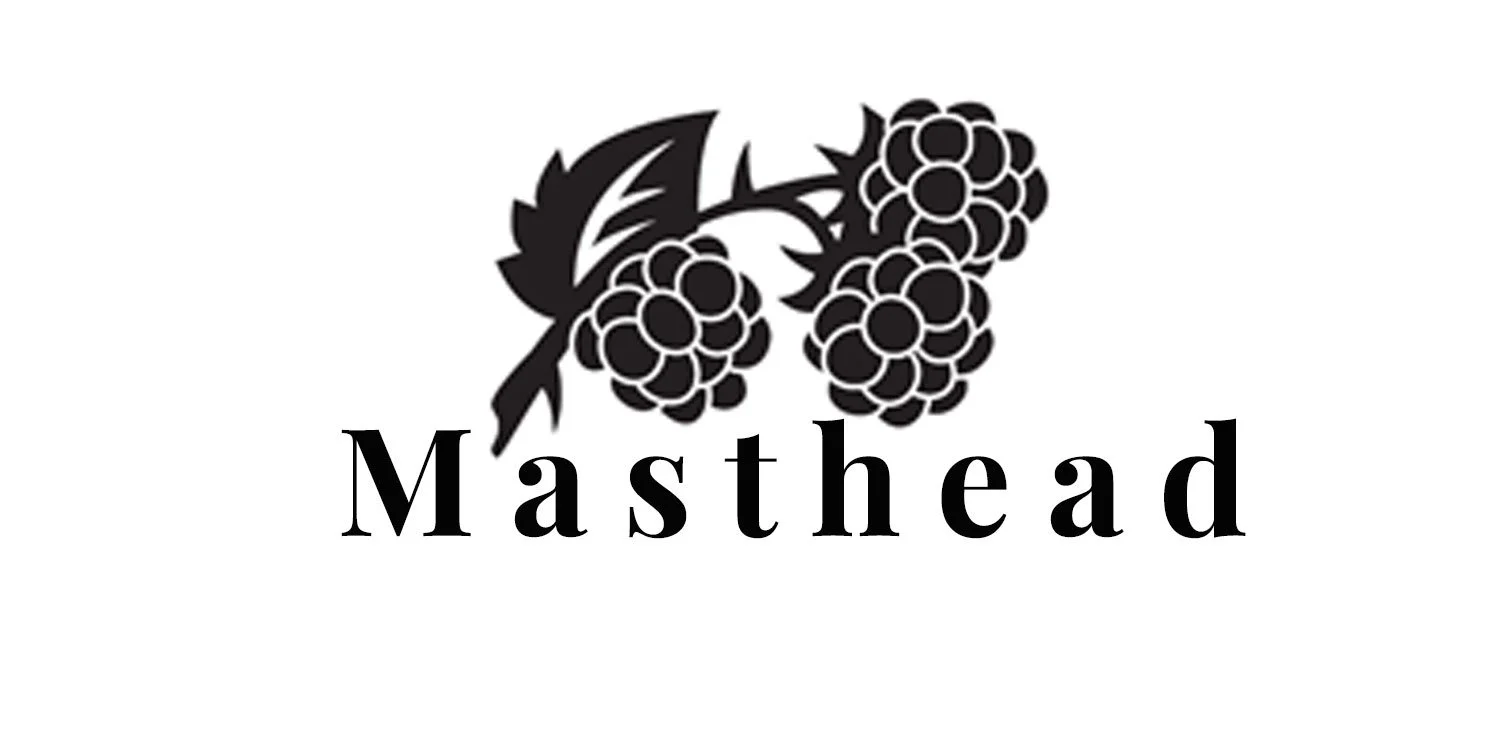

A truth told through impossibility—rocks fly, and ravens create art, asking what transformation truly means.